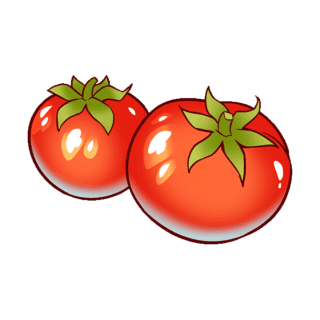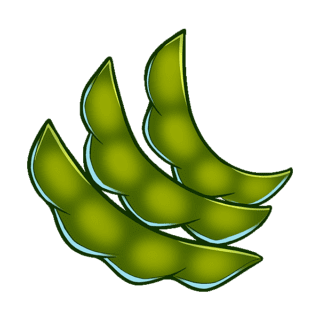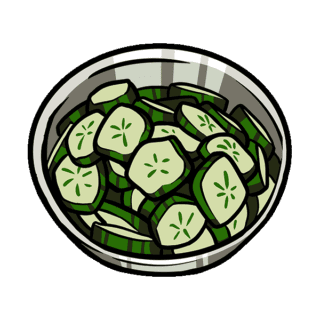Tsukemono
There is a vast array of tsukemono types, both in the core ingredients, pickling time, and in the pickling agents themselves. The pickling can be a few hours or a few months, made of cucumbers, leafy greens, daikon, plum, ginger — think the kind you get alongside sushi — onion, cabbage, seafood, and much more. And these ingredients can be pickled with just salt, vinegar, sugar, vinegar and sugar, soy, miso, sake kasu, and so on.
The process of making tsukemono is similar to that of sauerkraut and many other fermented and pickled foods. The vegetables or other ingredients are placed in a container and salted — or liberally covered in whichever of the aforementioned pickling ingredients are to be used like soy, vinegar, etc. — and then pressed down on with a heavy weight. Over time, this results in lacto-fermentation converting sugars into lactic acid, thereby preserving the vegetables, and making them sour.
If you’d like to make your own, Uwajimaya’s produce section has loads of vegetables you can try out to see which kind of tsukemono is your favorite or you can find ready to eat tsukemono in the deli or refrigerated sections of the grocery department.





